Australia wants to kill you—and it might use something cute to do it.
This sunburnt continent is crawling, slithering, and swimming with danger. Think spiders the size of your hand, snakes that could drop an elephant, and jellyfish so tiny you won’t see them coming until you’re in agony.
But here’s the twist: these killers are part of what makes Australia wildly unforgettable. They keep the balance, rule the food chain, and remind everyone—tourist or local—to keep their boots on and their eyes open.
From coastal waters to the Outback’s red dust, survival means respect. These aren’t movie monsters. They’re real, they’re deadly, and they’re hiding in plain sight.
Inland Taipan
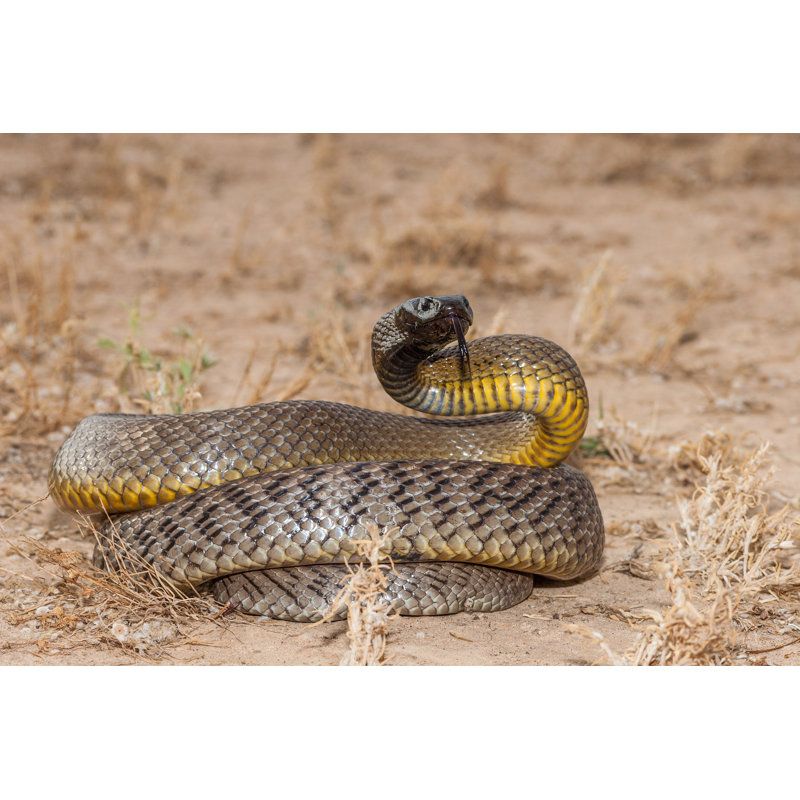
Known as the “fierce snake,” the Inland Taipan is reputed to have the most potent venom of any snake. Found in the deserts of central Australia, this elusive creature prefers to avoid humans. Its venom, however, is capable of killing a hundred men with a single bite.
Intriguingly, this snake is rarely encountered in the wild, as it dwells in remote and barren regions.
Curiously, the Inland Taipan has a calm demeanor, striking only when provoked. The snake’s diet mainly consists of rats, making it a crucial player in controlling the rodent population.
Sydney Funnel-Web Spider
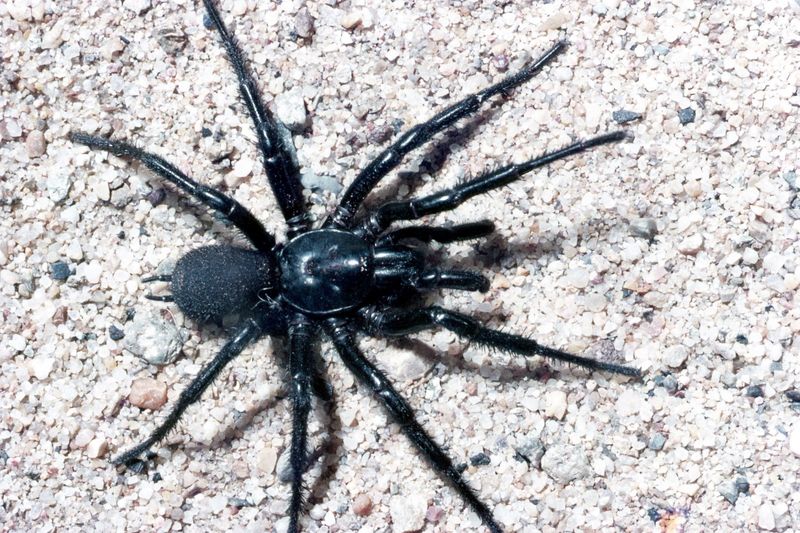
The Sydney Funnel-Web Spider is infamous for its aggressive nature and powerful bite. Living primarily in moist forest areas around Sydney, this arachnid is a master of stealth. Its venom can cause severe symptoms in humans, including organ failure if left untreated.
Interestingly, only males are deadly to humans. This spider often seeks shelter in shoes and clothing, making it a hidden danger for unsuspecting individuals. The introduction of antivenom has drastically reduced fatalities, yet caution is still advised when exploring its habitat.
Box Jellyfish

With a reputation as one of the ocean’s most dangerous creatures, the Box Jellyfish boasts a venom that can cause cardiac arrest within minutes. Frequenting the coastal waters of Northern Australia, this jellyfish is nearly invisible in the water.
Its tentacles contain toxins that can trigger excruciating pain and, in severe cases, death. Protective measures, such as jellyfish nets and stinger suits, are essential when swimming in affected areas. Despite its lethal nature, the Box Jellyfish is an integral part of the marine ecosystem.
Saltwater Crocodile
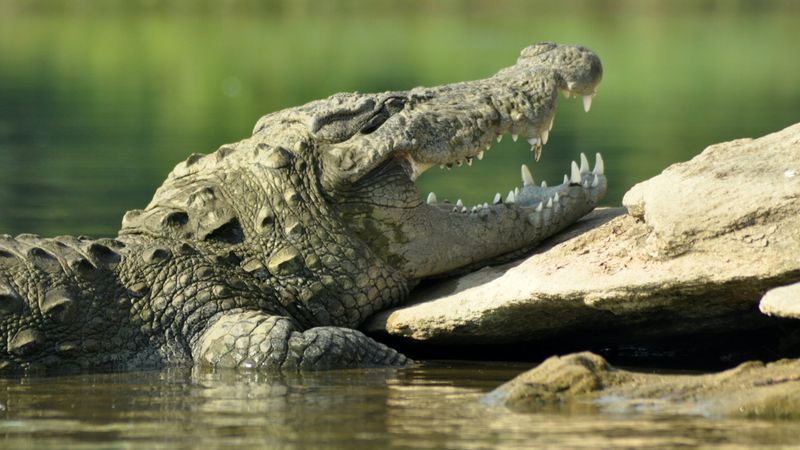
Regarded as the largest living reptile, the saltwater crocodile is a formidable predator. These apex predators inhabit the warm coastal waters and rivers of Northern Australia. Known for their stealth, they can swiftly launch themselves at prey from the water.
With a powerful bite force, the saltwater crocodile poses a significant threat to humans, especially during nesting season. Though attacks on humans are rare, they are often fatal. Awareness of their presence and behavior is crucial for those visiting their territory.
Blue-Ringed Octopus

Despite its small size, the blue-ringed octopus carries enough venom to kill multiple humans. This vibrant creature is found in tide pools and coral reefs around Australia. Its colorful rings are a warning of its lethal capabilities.
When threatened, this octopus delivers a neurotoxin that can cause paralysis and respiratory failure within minutes. Surprisingly, there is no known antivenom. Quick medical intervention is required to manage symptoms. This fascinating yet deadly animal highlights the importance of respecting wildlife in their natural environment.
Stonefish
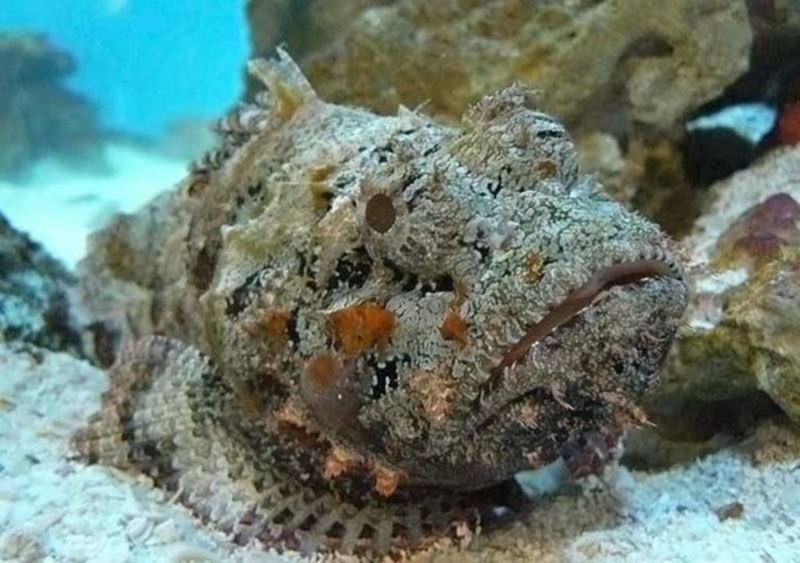
The stonefish is a master of disguise, blending seamlessly with the coral reefs where it resides. Known as the most venomous fish in the world, its sting can cause extreme pain and even death if untreated.
These fish inhabit coastal waters, lying in wait for prey while remaining almost indistinguishable from their surroundings. Swimming in stonefish habitats necessitates caution, as their venomous spines are a hidden danger. Though dangerous, they are a crucial component of the marine food web, highlighting the delicate balance of ocean ecosystems.
Redback Spider
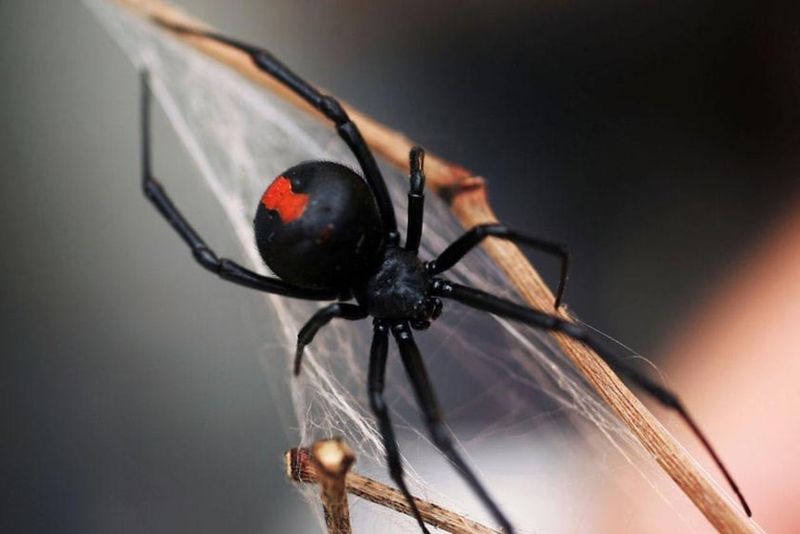
The redback spider is notorious for its venomous bite, which can cause severe pain and illness in humans. This small but deadly spider is commonly found in urban areas across Australia, often lurking in sheds and garages.
Females are responsible for nearly all bites, which can lead to symptoms like nausea, sweating, and muscle pain. Despite the danger, antivenom treatments have significantly reduced fatalities. The redback’s preference for human habitats makes it a unique threat, emphasizing the need for awareness and caution.
Great White Shark

Feared as a top predator of the seas, the great white shark is both awe-inspiring and formidable. Found along the coasts of Australia, these sharks are known for their size and power.
Although attacks on humans are rare, the great white’s sheer strength makes them dangerous. They are vital to the marine ecosystem, maintaining the balance of oceanic food chains. Their predatory behavior and hunting capabilities make encounters with them a thrilling, albeit frightening, experience for divers and swimmers alike.
Brown Snake
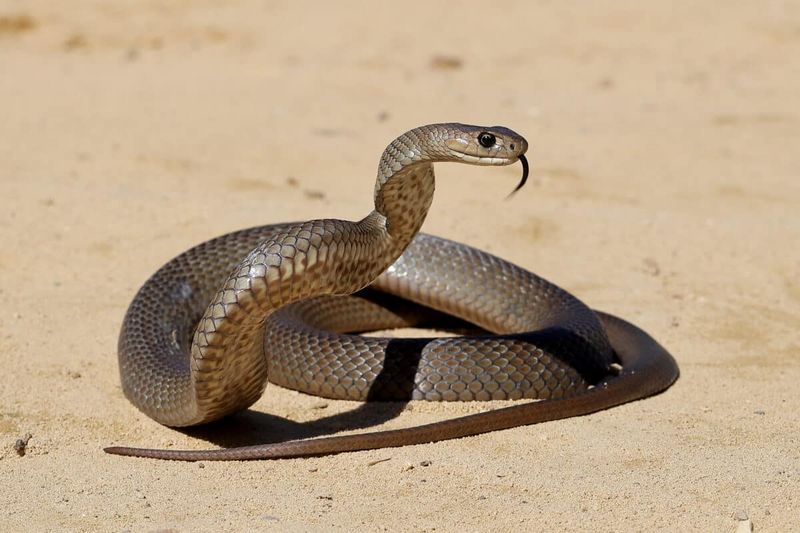
The brown snake, one of Australia’s most venomous reptiles, is responsible for more snakebite fatalities than any other snake in the country. Found in various habitats, they are particularly prevalent in eastern Australia.
These snakes are highly adaptable and often come into contact with humans, increasing the risk of encounters. Their venom can cause paralysis and internal bleeding. Despite their danger, they play a vital role in controlling rodent populations, emphasizing the complexity of Australia’s ecology.
Tiger Snake
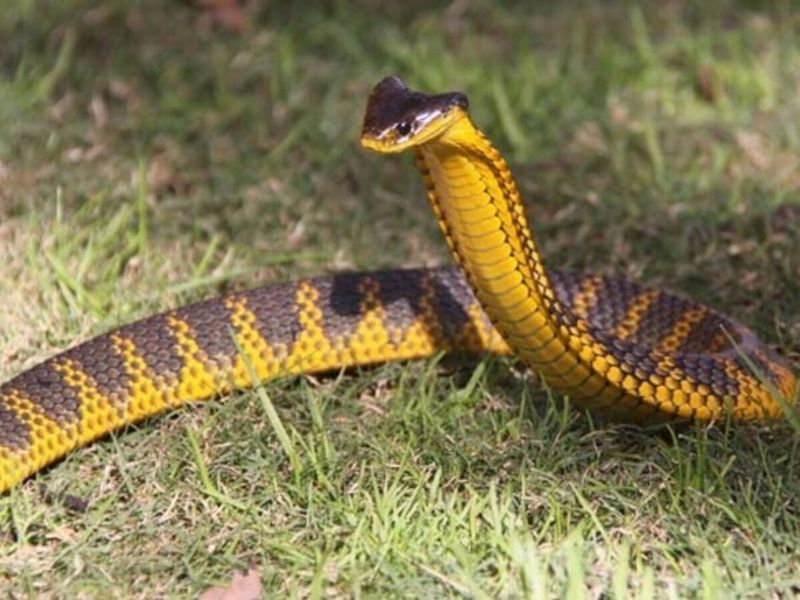
With striking banded patterns, the tiger snake is both beautiful and deadly. Native to southern Australia, these snakes are highly venomous and can be aggressive when cornered.
Venom from a tiger snake bite can result in paralysis and death if untreated, making them a significant threat. Their natural habitat includes wetlands and coastal areas, where they hunt frogs and small mammals. The tiger snake’s presence is a reminder of the diverse wildlife that inhabits Australia’s varied landscapes.
Irukandji Jellyfish

Despite its diminutive size, the Irukandji jellyfish delivers a sting that can induce severe pain and life-threatening symptoms. Found in the waters of northern Australia, this jellyfish’s venom can cause Irukandji syndrome, characterized by muscle cramps, nausea, and heart complications.
Its transparent body makes it nearly impossible to spot in the water, complicating avoidance efforts. Protective measures, like stinger nets and awareness campaigns, are essential to mitigate risks. This jellyfish underscores the need for caution when exploring Australia’s marine environments.
Bluebottle Jellyfish
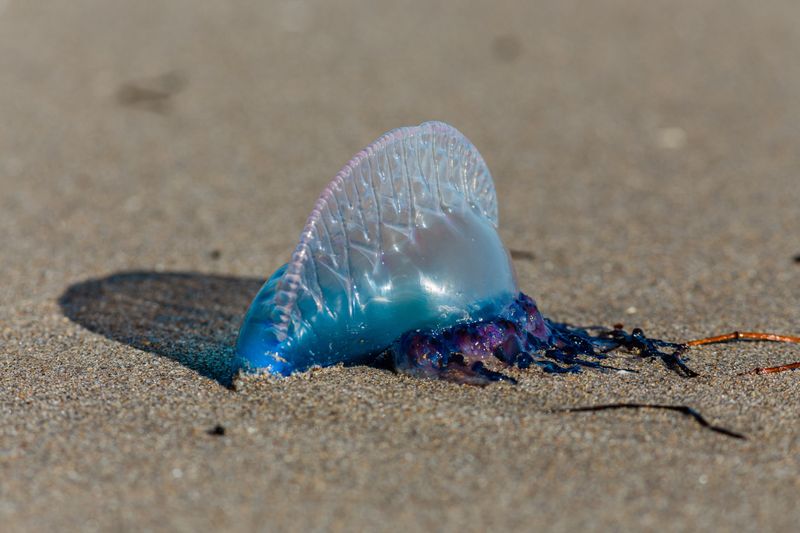
Known for its striking blue hue, the Bluebottle Jellyfish is not just a captivating marine wonder but one to avoid. This creature, often found in the Pacific and Indian Oceans, can deliver a painful sting with its long tentacles. The sting can cause intense pain, swelling, and in some cases, serious allergic reactions.
What makes the Bluebottle intriguing is its colonial nature; it isn’t a single animal but a collective of organisms working in harmony. The Bluebottle’s sail-like float allows it to ride the winds and currents, spreading its reach across vast ocean surfaces.
In Australia, beachgoers are often warned during Bluebottle season as these creatures wash ashore, creating a vibrant yet hazardous spectacle along the coastlines.
Cone Snail

The cone snail, seemingly innocuous with its beautiful shell, is a marine predator with a lethal sting. Found on the coral reefs of northern Australia, it hunts by injecting venom through a harpoon-like tooth.
This venom can cause paralysis and respiratory failure. There is no antivenom, making prompt medical care critical. The cone snail’s deadly nature is a stark contrast to its serene appearance, serving as a reminder of the hidden dangers in marine environments.
Bull Shark
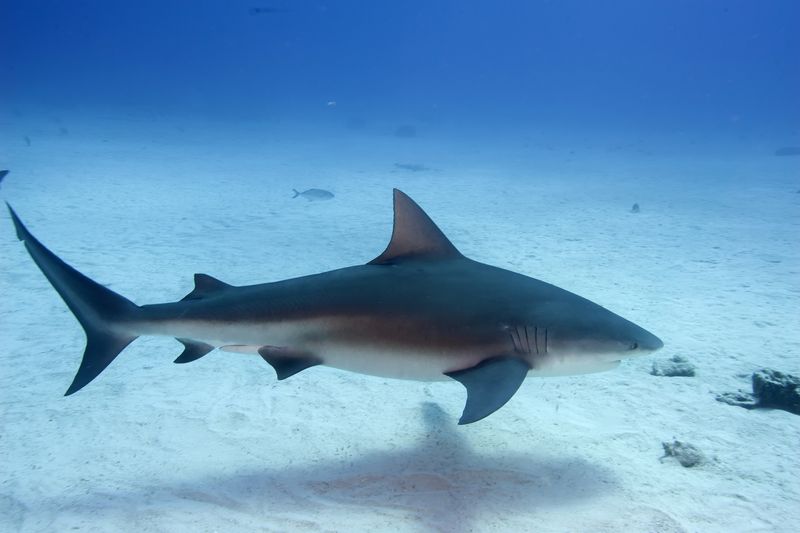
Known for their aggression, bull sharks are often found in shallow waters and rivers, making them a unique threat. These sharks are frequent visitors to the coastal and inland waterways of Australia.
Their adaptability to freshwater environments increases the potential for encounters with humans. Although attacks are rare, their powerful bite can be devastating. Bull sharks are vital to marine ecology, maintaining balance within aquatic ecosystems. Understanding their habitat and behavior is crucial for safety when swimming or boating in these waters.
Cassowary

The cassowary, often dubbed the world’s most dangerous bird, resides in the tropical rainforests of northern Australia. Known for their striking appearance, they possess powerful legs equipped with dagger-like claws.
While generally shy, cassowaries can become aggressive if threatened, capable of inflicting fatal injuries. Their role in seed dispersal is critical for forest ecology, highlighting the interconnectedness of species. Encounters with cassowaries demand respect and understanding of their nature.
Death Adder

The death adder, with its short body and wide head, is a master of ambush. Found in forests and grasslands across Australia, it hides under leaves to surprise prey.
Its venom contains neurotoxins that can cause paralysis and death, though antivenom has greatly improved survival rates. The death adder’s hunting strategy involves lying in wait and striking with rapid precision. This snake’s presence adds to the complex tapestry of Australia’s dangerous wildlife.
Kangaroo
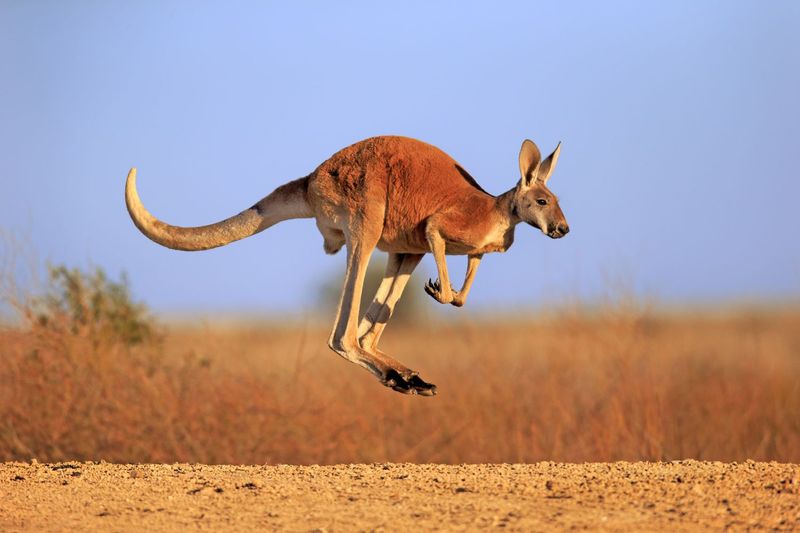
Although not typically dangerous, kangaroos can pose a threat if provoked or cornered. The red kangaroo, Australia’s largest marsupial, is known for its strength and powerful kicks.
Encounters with aggressive kangaroos may occur near human settlements, particularly during droughts. They are an iconic symbol of Australia, yet their behavior can be unpredictable. Understanding their nature and maintaining a safe distance is key to coexisting with these unique animals.
Honeybee
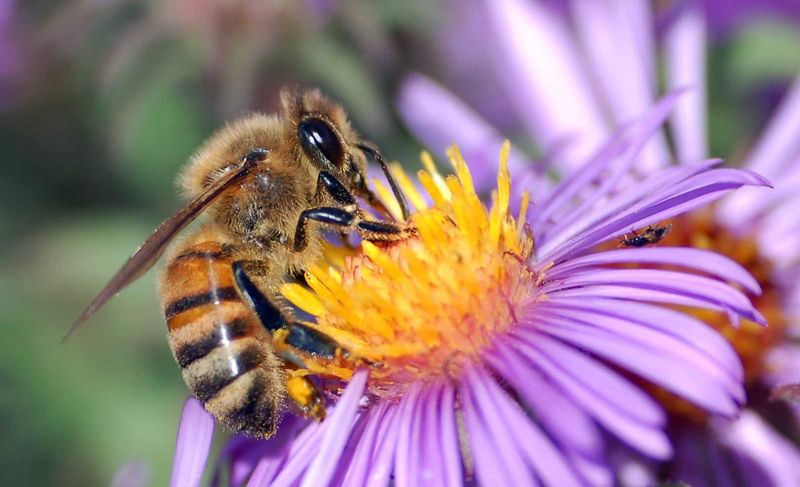
Surprisingly, the honeybee is one of the most dangerous animals in Australia due to allergic reactions to its sting. These bees play an essential role in pollination, yet their sting can trigger anaphylaxis in susceptible individuals.
Awareness of personal allergies and the presence of bees is vital, especially in gardens and natural settings. Emergency medical treatment is crucial for severe reactions. The honeybee’s dual role as a pollinator and potential threat showcases the intricate balance of nature.
Magpie
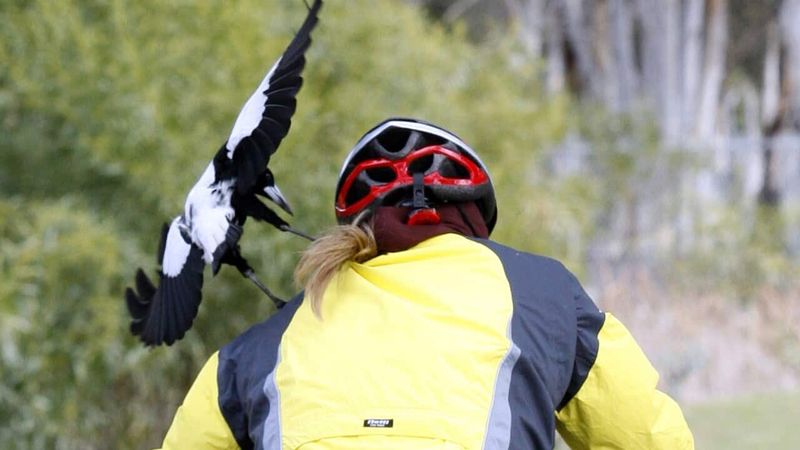
The Australian magpie, known for its melodious song, can become aggressive during breeding season, fiercely defending its territory. Swooping attacks on unsuspecting passersby are common in suburban areas.
These birds are highly intelligent and display complex social behaviors. Protective measures during breeding season help minimize conflicts with humans. The magpie’s seasonal aggression emphasizes the need for respect and awareness of wildlife in shared spaces.
Dingo
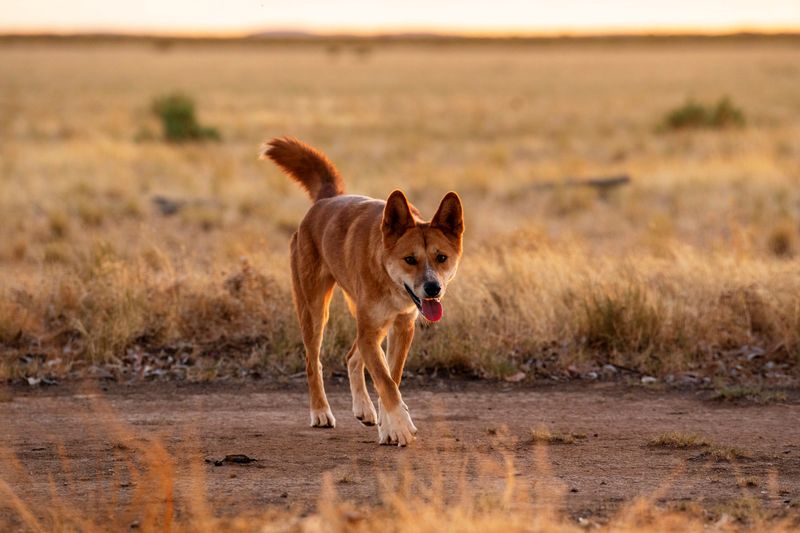
The dingo, Australia’s wild dog, is a skilled hunter with an important ecological role. Though generally wary of humans, competition for food can lead to encounters, sometimes resulting in attacks.
Dingoes are culturally significant, appearing in indigenous stories and Australian folklore. Their presence in the wild is vital for controlling prey populations. Awareness of their behavior and respecting their habitat can reduce risks associated with these fascinating animals.
Giant Centipede
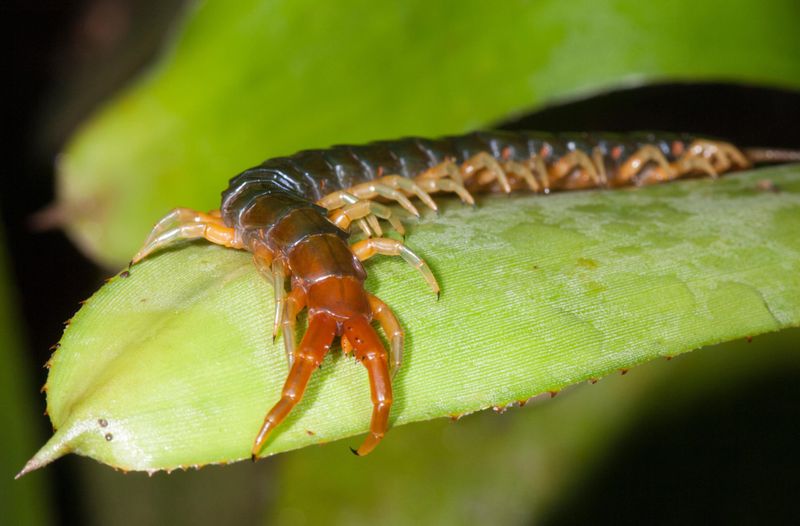
The Giant Centipede, often found lurking in the Australian outback, is a creature that commands respect. With its elongated body and numerous legs, it moves swiftly, striking fear into those who cross its path.
These centipedes can deliver a venomous bite, capable of causing intense pain and swelling. Despite their fearsome appearance, they play a crucial role in controlling pest populations in their habitat.
Anecdotes abound of encounters with these formidable creatures, and while their bites are rarely fatal, caution is advised when navigating their territory. A fascinating yet intimidating inhabitant of the Australian wilderness.

